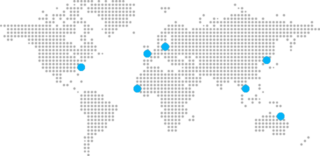
It is a well known fact that oil and water do not mix. But separating the two before releasing the wastewater into sewers or open water areas is no easy feat. Because millions of gallons of oil wastewater have the potential to get into our water supply , wetlands and environment each year, the EPA and state agencies have implemented guidelines for keeping our environment free of oil contaminated wastewater. While the process of separating oil and dirt from wastewater is not simple or inexpensive, it guarantees all of us will have uncontaminated water supply and wetlands for decades to come.
How Problems Occur
Operating and washing heavy machinery will combine water with oil, grease and grime. Without treatment, this wastewater would release harmful contaminants into the environment.
Solutions
Case studies conducted by Wash Bay Solutions prove that much of the oils and dirt from contaminated wastewater can be removed before it is discharged to the sewer. One way this is done is by putting the wastewater through a specially-designed clarifier separator equipped with inclined plates to drop out the solids and advanced coalescing media to remove the oils. If the water needs to be re-used, it can be put through more filtration.
Result
Water without oil and dirt contamination can be reused or safely discharged. By using oil water separators on wastewater, we are using good “Green” business practices to both save money and be good stewards of the environment.

